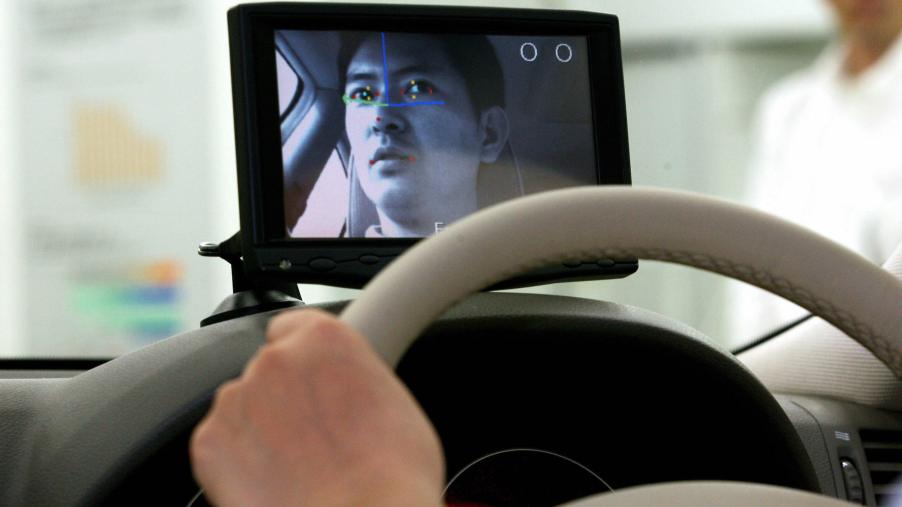
Car Companies Are Monitoring Your Driving Under Lax Government Oversight
By now, some cars have at least one advanced car safety feature that uses some form of vehicle autonomy. Most common are Level 2 autonomy features, such as Tesla’s Autopilot and Hyundai’s Highway Driving Assist. Although cars cannot completely drive themselves yet, they can take over for humans in certain situations.
However, the lack of regulation regarding these driving monitoring features has prompted some government officials to question their safety. Politicians have penned several bills to force the National Highway Traffic Safety Administration to test these features. In fact, the SAFE Act of 2020 addresses the most severe autonomy safety concerns, Automotive News reports.
What is the SAFE Act of 2020?
The SAFE (Stay Aware for Everyone) Act of 2020 would force the NHTSA to perform extensive research about Level 2 autonomous features. The SAFE Act insists there should be no evidence of distracted driving when drivers are using these features. Additionally, there should be no cause to believe that the driver has become dependent on these features.
Obviously, the biggest concern surrounding vehicle autonomy software is that it can cause distracted driving. Drivers are already inclined to look away from the road thanks to smartphones, flashy infotainment controls, and rowdy passengers. Drivers who are already easily distracted might become too reliant on vehicle automation.
Some drivers hear the word “autopilot” and mistakenly believe the vehicle can drive itself. Though the software requires drivers to keep their hands on the wheel, it can’t force the driver to pay attention. This is evident in the dozens of crashes that have occurred with self-driving software engaged.
Drivers are apparently so trusting of the software that they don’t try to intervene during collisions. They might believe these features are thoroughly tested, as the NHTSA conducts crash tests. This is definitely not the case, despite pressure from the National Transportation Safety Board.
“In 2020, the NTSB recommended the use of driver monitoring systems in vehicles with Automation Level 2 technology as a means of promoting driver engagement,” Automotive News reports, “but such systems are not presently mandated in a uniform way.”
If the SAFE Act is approved, all automakers in the United States would be expected to comply with the bill after two years.
More bills are on the way to regulate how car companies monitor your driving
U.S. Sen. Ed Markey called attention to other new automotive safety bills in a recent press release. The PARTS (Promoting Auto Recalls Toward Safety) Act calls for faster recall reporting. The Department of Transportation would directly notify drivers of any recalls related to their vehicles. It would also assign automakers a scoring report detailing the number of vehicles fixed and any issues afterward.
Crumpling seat backs during collisions has also caused several fatalities. The Modernizing Seat Back Safety Act would force the NHTSA to update its seat bolstering standards for today’s cars.
Yet another bill, the Early Warning Reporting Systems Improvement Act, would demand more transparency from automakers about vehicle defects. They would have to report accidents and fatalities related to these defects to the NHTSA. Then the NHTSA would relay this information to the public.
But is vehicle autonomy regulation really necessary?
Research and development regarding vehicle autonomy have rapidly increased over recent years. In fact, Honda has promised to deliver the first car equipped with Level 3 autonomy in the near future. And Tesla said it will make the first Level 5 autonomous car, though the EV maker has yet to show much evidence.
Still, it’s only a matter of time before at least a few fully self-driving cars hit the road. But if no one enforces safety regulations to ensure these vehicles are safe, it could be a disaster.


